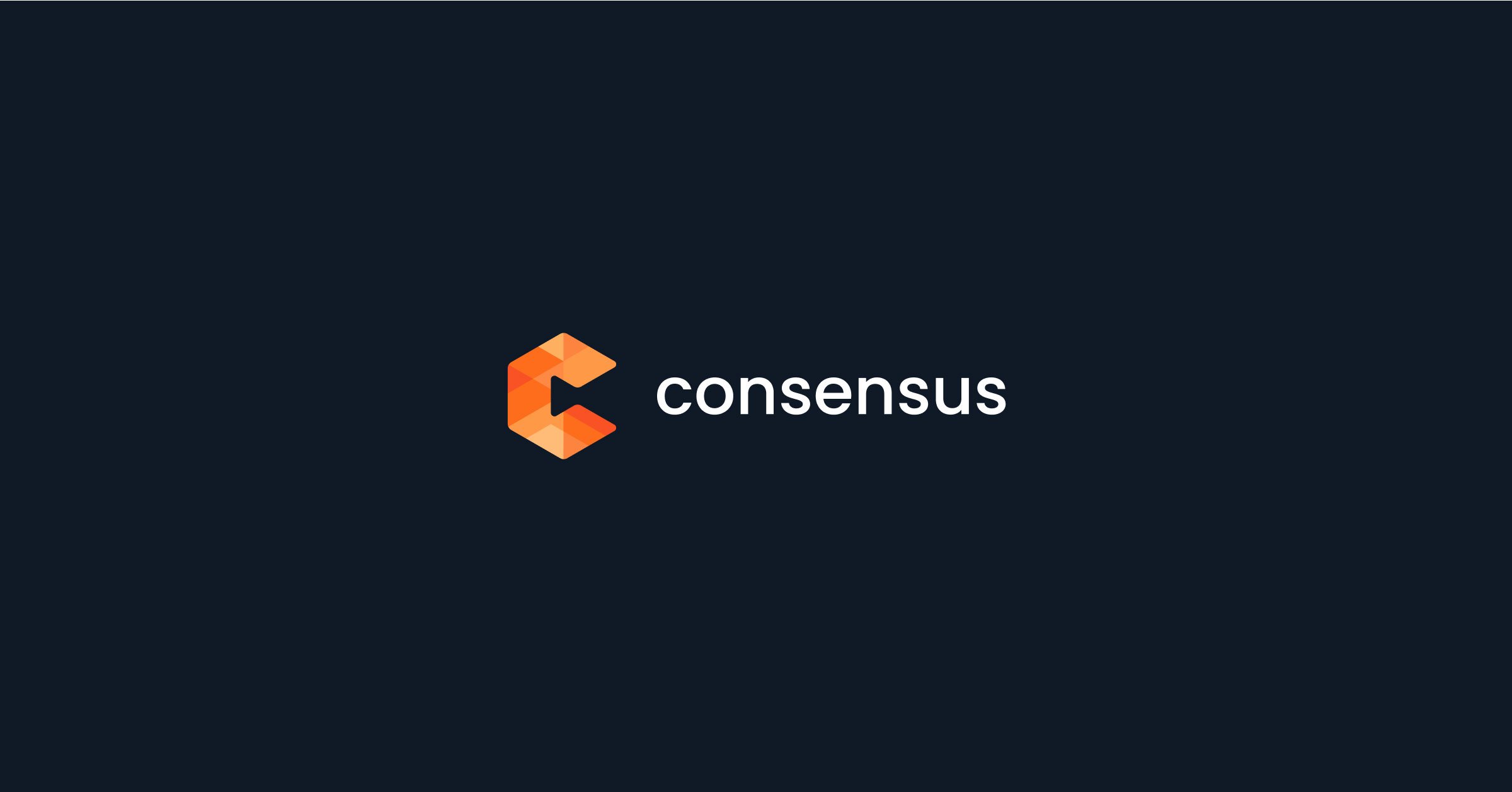Garin Hess is a serial entrepreneur with over 20 years of hands-on in-the-trenches experience. ...
Close more deals with
Demo Automation.
Watch a Demo
Product demos are one of the Holy Grail pieces of content your sales team has to offer. They can be the deciding factor in making or breaking a sale; prospects get a detailed look into how your product works, how well you can talk about (and use) your product, if it meets their needs, if the price range is acceptable, etc. Traditionally, the product demo is deemed a “bottom of the sales funnel” piece of content. It’s the salesperson’s chance to interact with the prospect on a personal level and customize their product to the prospect’s needs. But what if there was another demo we could show them that was higher in the sales funnel? Demo videos work great for this – they compliment the personal demo by prepping the prospect with a basic and thorough understanding of what you offer, so they’re ready to do the “heavy talking” by the time they’re in a personal demo with the salesperson.
“[Consumers]….lean in and evaluate how and where they will spend their money by reading consumer reviews, reviewing websites, viewing images, watching videos and tapping into their social networks for ideas and recommendations” (Abid Chaudhry, senior director of industry strategy and insight, BIA/Kelsey). As Chaudhry points out, online tools have made it possible for people to essentially become their own salespeople. According to a CEB whitepaper, customers are typically 57% through the sales process by the time they’re in contact with a salesperson. So don’t be afraid to get your product demo out there—salespeople may no longer be the gatekeepers of such knowledge, but now they can use analytics and data to target their audience on a more granular scale. This is where social media can play a big part…
DISCLAIMER: I am not recommending you to post a video demo on every social media site you’re on just for the sake of doing it!
Before you launch your video demo into cyberspace, you’re going to need to target your audience. Social networks are a gold mine of information for sales and marketing. Especially with access to free analytics on LinkedIn, Twitter and Facebook, you can tailor your target audience to a pretty specific level; what demographics are talking about what products, when and why they’re talking about them. Here’s a great example of leveraging social media with a product demo:
This prospect reached out to a HubSpot marketer via Twitter to get a HubSpot demo. Clearly, HubSpot has done a good job of finding its target audience; not only have they placed themselves in front of a prospect, but they have monitored that prospect’s activity in order to help them talk to prospects the moment they want more. I’m going to take a wild guess and say HubSpot used its own HubSpot social monitoring tools…however some other examples of free social monitoring tools include HootSuite, TweetReach, Klout and Tweetdeck. When the prospect inquires about getting a demo, HubSpot quickly responds with a link to a landing page with a free demo. In order to watch the demo, she’ll need to give her contact information – changing her from a visitor to a known prospect.
Social media is all about the HERE and NOW; timing is key. If you properly monitor and manage these platforms, prospects like this may no longer slip through the cracks.
I think of the HubSpot example above as a very low-key, personal instance of leveraging social media with your product demo. So what’s the opposite of that? You’ve seen ‘em, you’ve laughed at ‘em, you’ve shared ‘em – viral videos. Viral videos aren’t for every company, but they’re certainly effective. One of the first viral videos was spread through e-mail in…1996! The “Dancing Baby” video attempt at CGI animation. In case you missed it:
Viral videos require a lot of overhead from a marketing standpoint, however the results can be extremely worth the cost, time and effort. Once that video is launched, it’s in the hands of your audience to keep it alive. Monitoring its success through social media analytics is crucial. Making the video both entertaining, engaging and informational is key. Show people how to get the most from your product, don’t just tell them.
From a b2b standpoint, using demo videos in the initial stages of the sales funnel can be so beneficial because often times, b2b companies are selling complex, multi-dimensional products that simply can’t be covered in a matter of tweets or status updates. Don’t get me wrong, tweets and updates are still a crucial piece for developing brand awareness. But even a one minute long, well edited demo video can be the difference between a prospect writing you off because, “they got confused and bored” versus “this product has all the features I’ve been looking for!” A demo video is the perfect balance between a 140 character tweet and a 10 page-long whitepaper…and it has visuals!
Want more great content? Try:
3 “You Should be Fired” Product Demo Pitfalls, and How to Avoid Them


